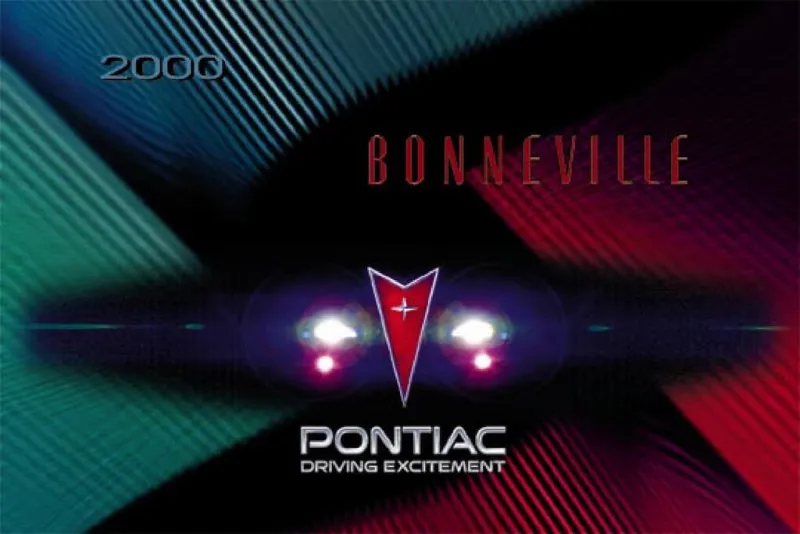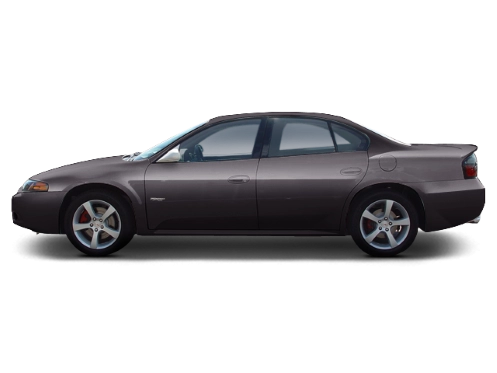2000 Pontiac Bonneville Owner's Manual

Table of Contents
2000 Pontiac Bonneville Overview
Introduction
The 2000 Pontiac Bonneville is a full-size sedan that offers a blend of performance, comfort, and style, making it a standout choice in the automotive market of its time. With its sleek design and spacious interior, it caters to both families and individuals seeking a reliable and enjoyable driving experience. Pontiac's signature sporty edge gives the Bonneville character, distinguishing it from its competitors in the full-size category.
Powertrains
The Bonneville comes equipped with two robust powertrain options that deliver spirited performance. Standard is a 3.8-liter V6 engine producing 205 horsepower, offering a smooth and confident drive, ideal for daily commuting. For those seeking a more thrilling experience, the high-performance SE and SLE trims feature a 3.8-liter supercharged V6, which generates an exhilarating 240 horsepower. This enhanced powertrain provides drivers with dynamic acceleration and a sportier feel on the road, making every drive a pleasure.
Trims
The 2000 Bonneville is available in several trims, including the base model, SE, and SLE. Each trim level caters to different preferences and needs. The base model offers essential features such as air conditioning and power windows, while the SE trim adds luxury elements like improved audio systems and alloy wheels. The SLE trim epitomizes sophistication with leather upholstery, a premium sound system, and advanced safety features, ensuring both comfort and security for all passengers.
Features
Designed with the modern driver in mind, the 2000 Pontiac Bonneville is loaded with various features that enhance convenience and entertainment. Key features include a user-friendly dashboard layout, a spacious trunk for ample cargo space, and available amenities such as a sunroof and multi-zone climate control. The sound system comes standard with a CD player, and optional upgrades include premium audio systems and navigation for an improved driving experience.
Owner's Manual
The owner's manual for the 2000 Pontiac Bonneville is a valuable resource for maintaining and maximizing the vehicle's potential. It includes information on routine maintenance schedules, troubleshooting tips, and detailed explanations of features and controls. Owners can refer to the manual to ensure their Bonneville remains in top condition, providing longevity and continued driving enjoyment.
User manual download
The Pontiac Bonneville owner manual for the 2000 model year is to be found in PDF downloadable format on this page. The owner manual for the model year 2000 is free and in English, but the repair manuals are usually not easy to get and may cost more.
Manual Questions
Fill the form below and someone will help you!

